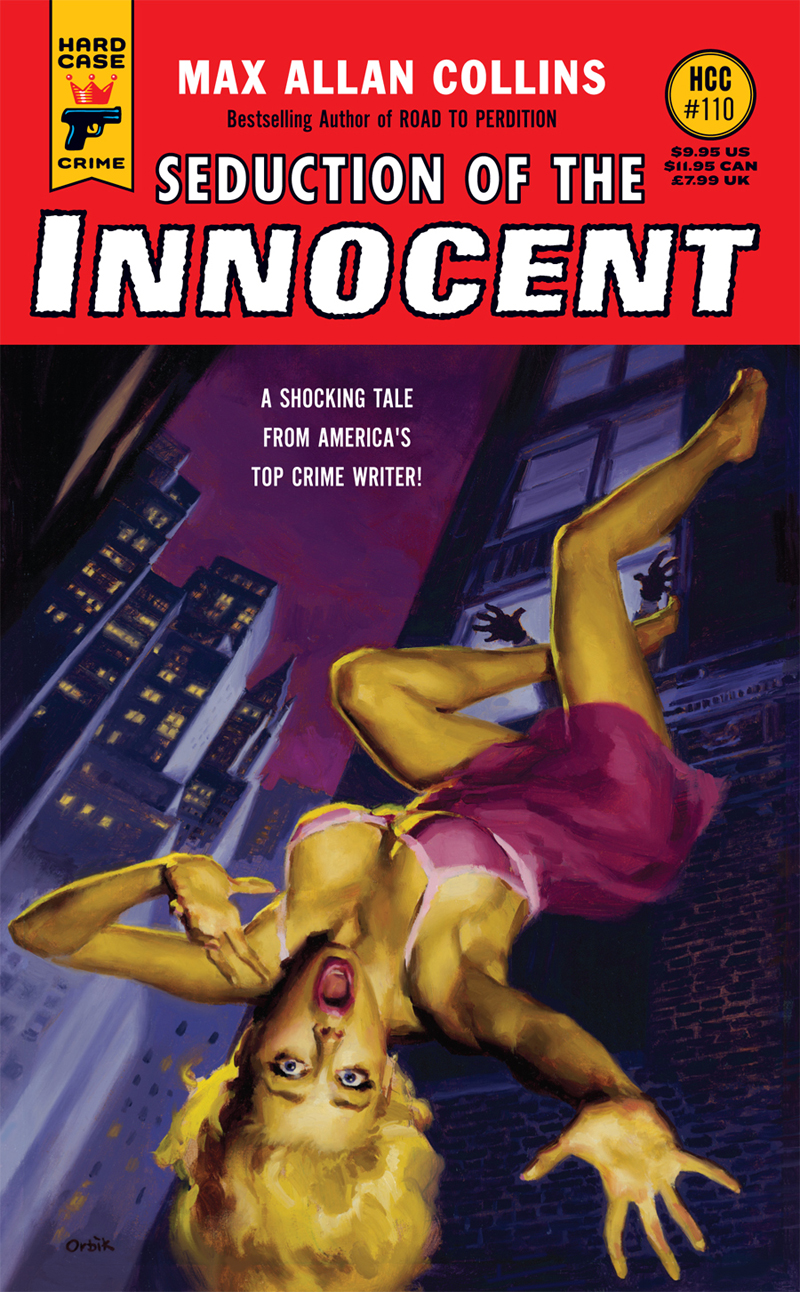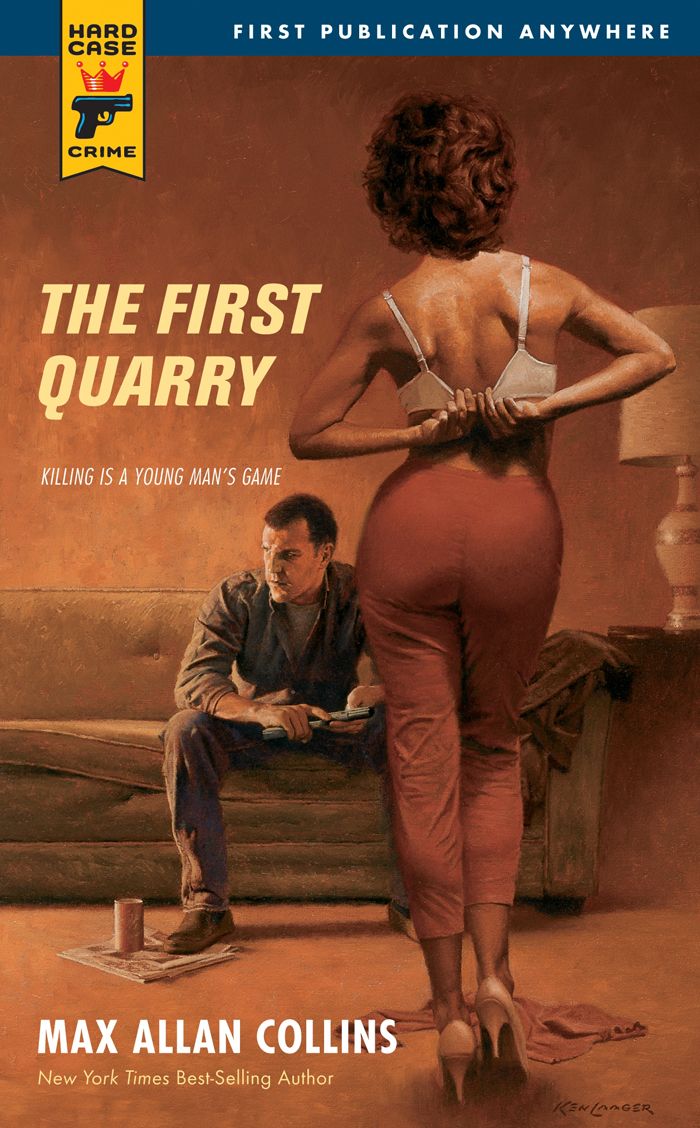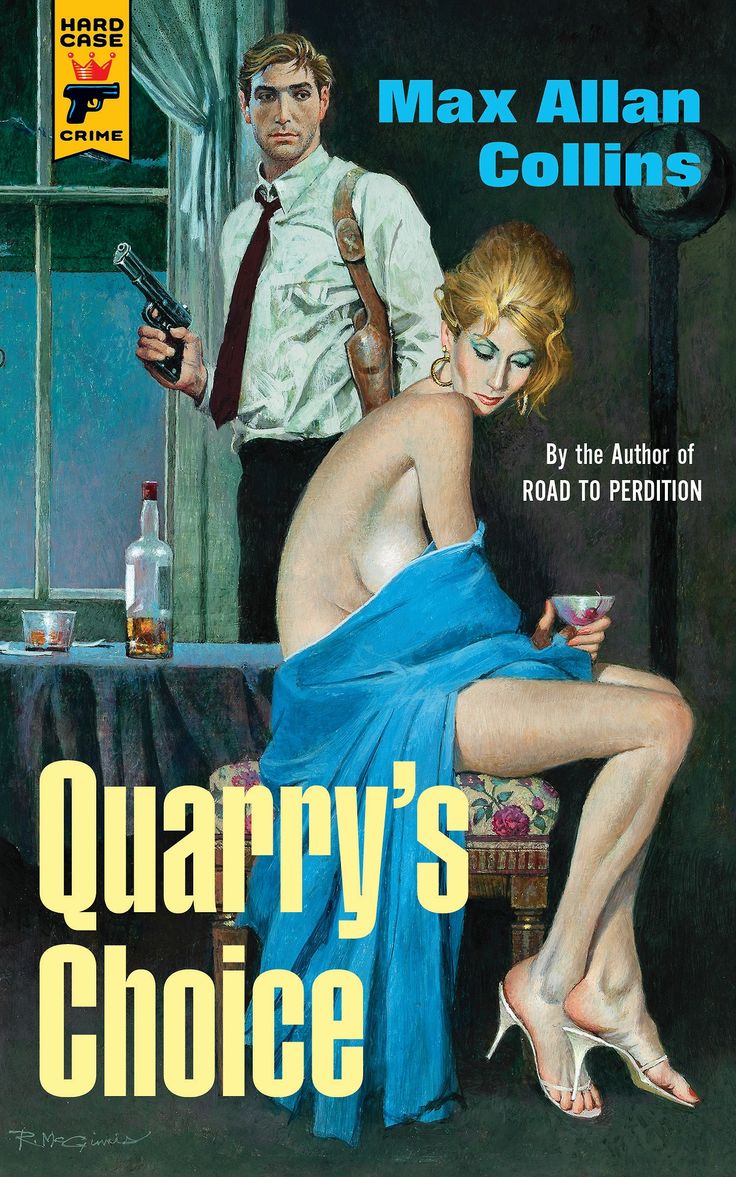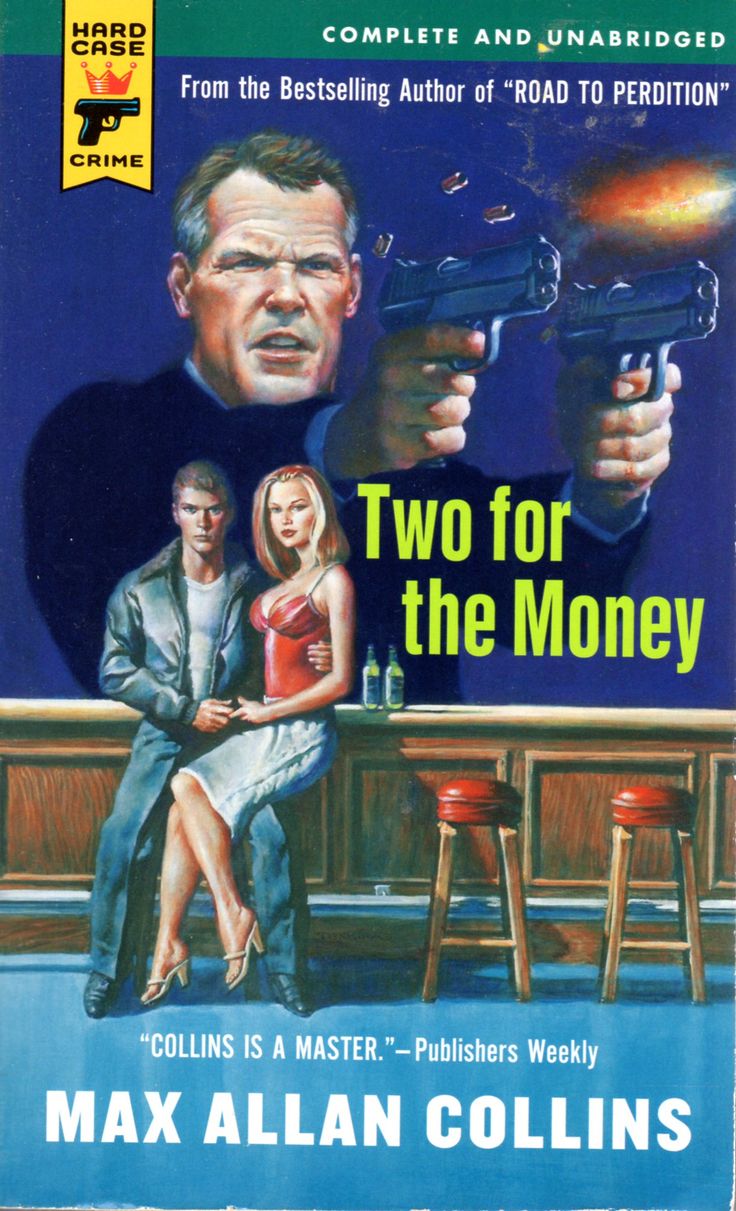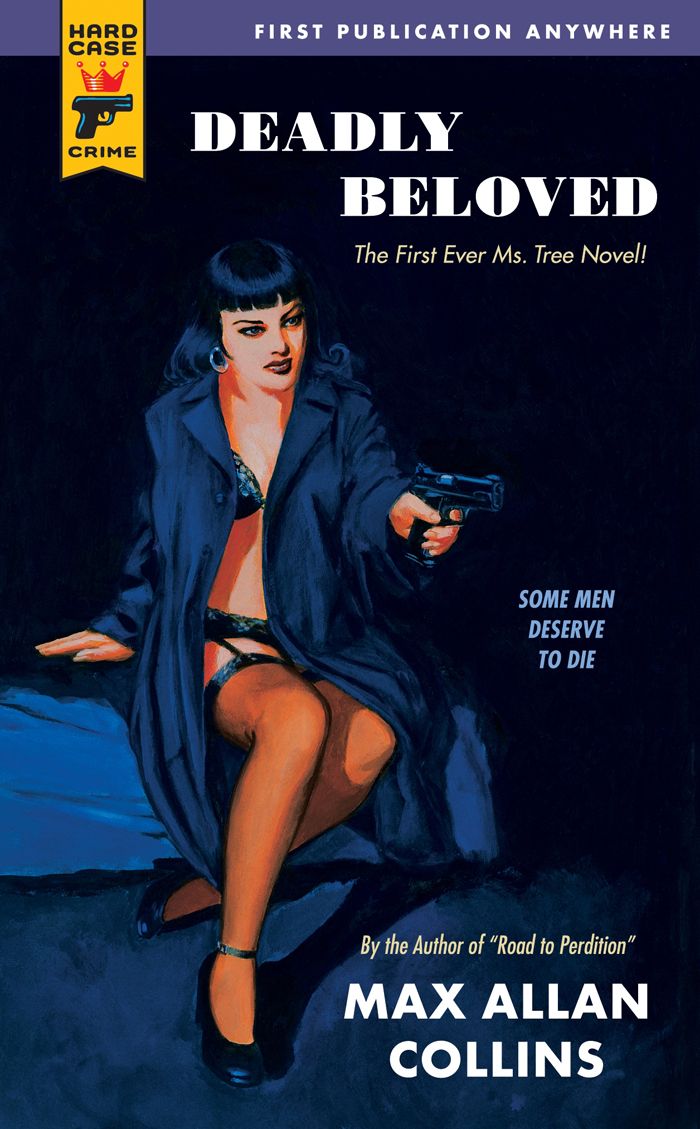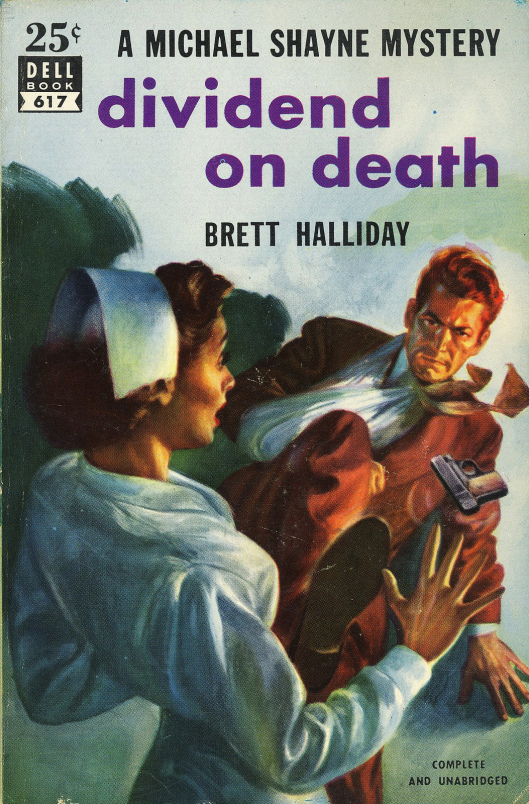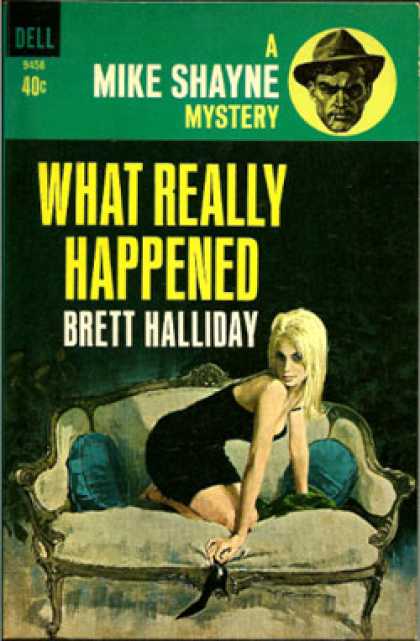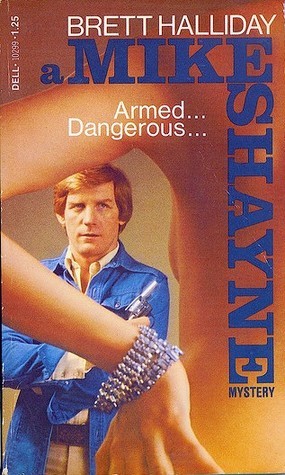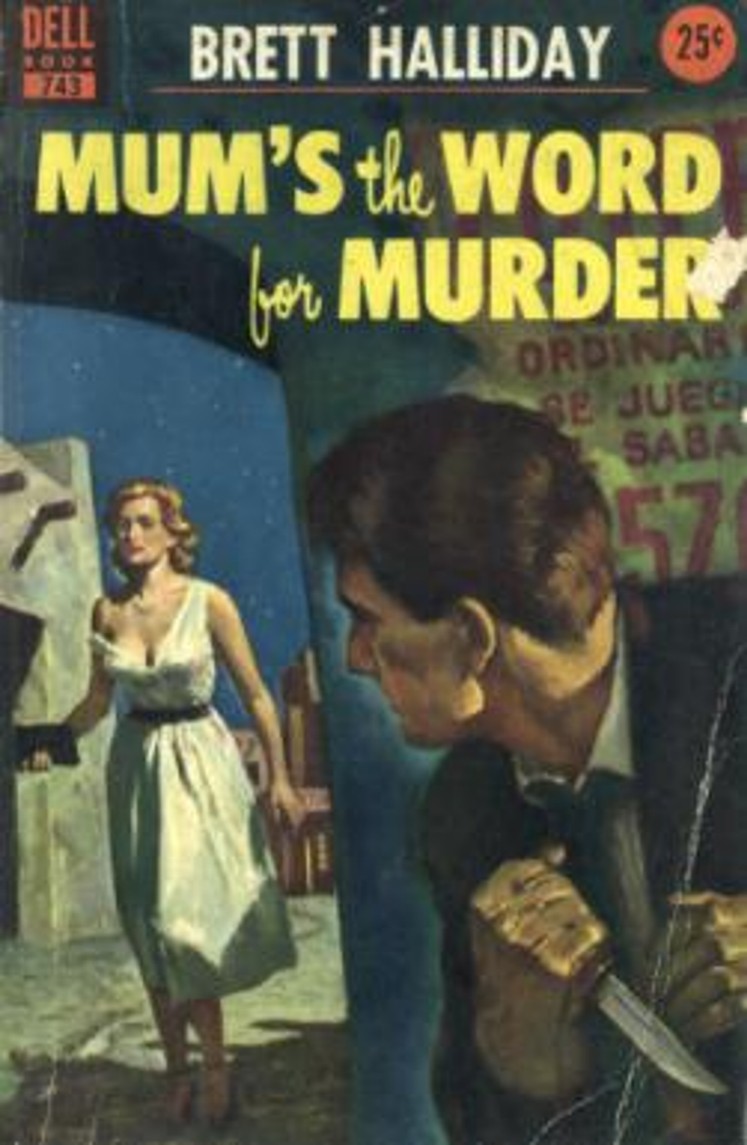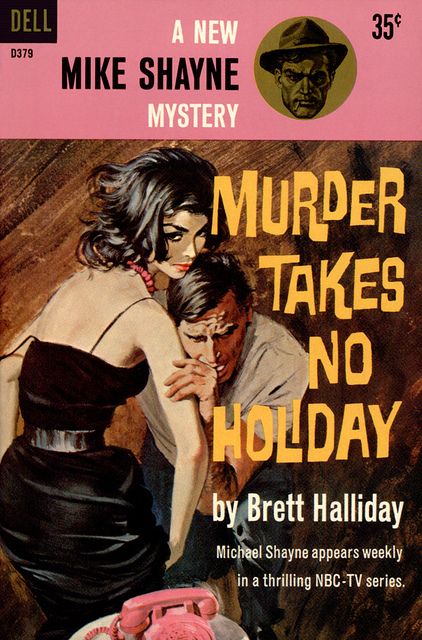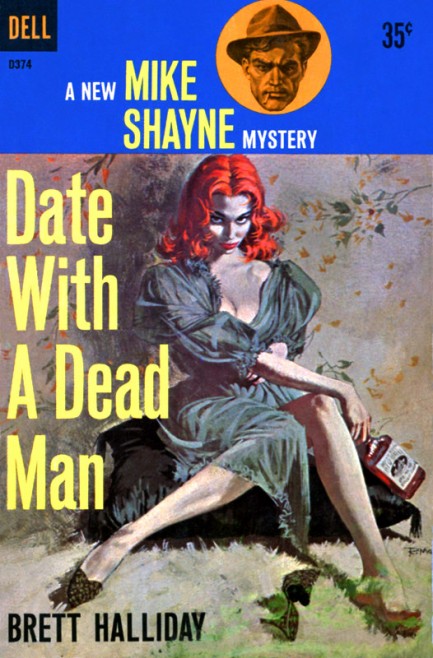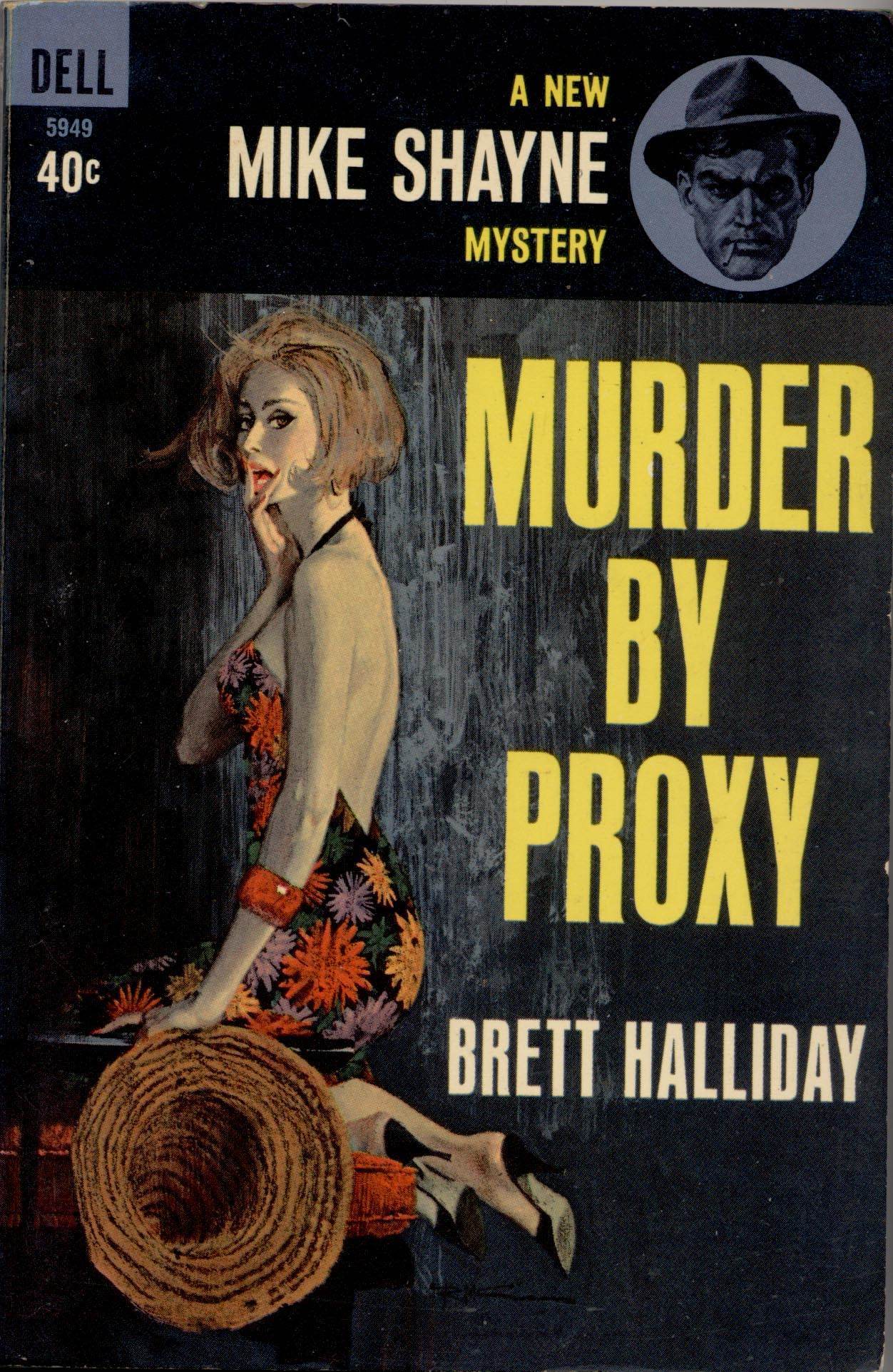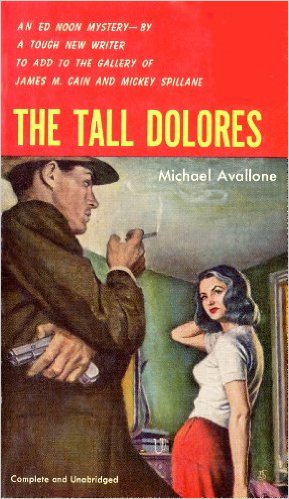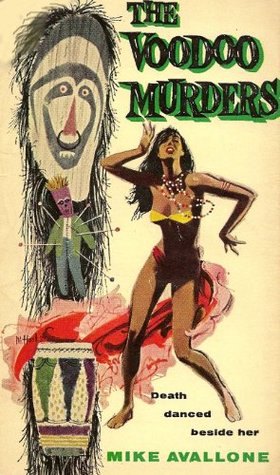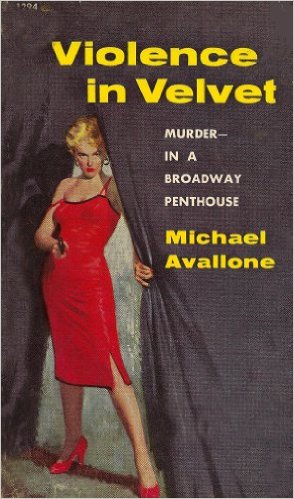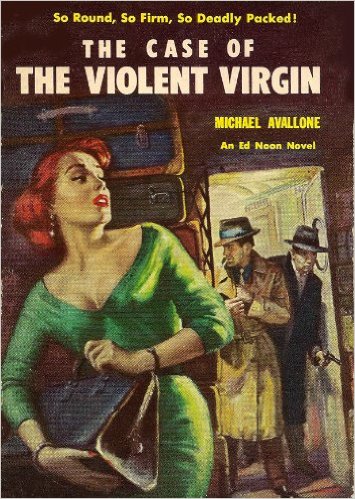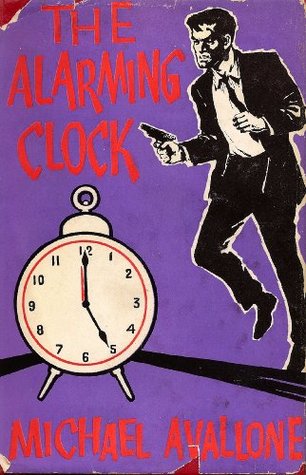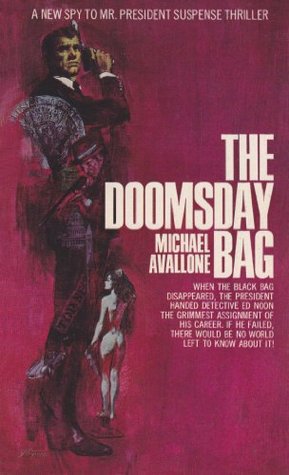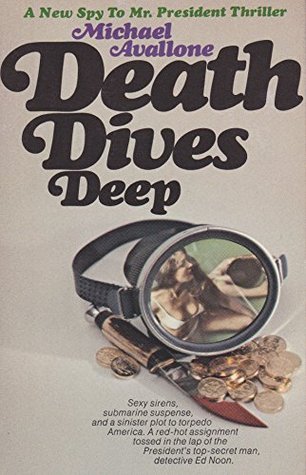Max Allan Collins
By Sean Tuohy
Max Allan Collins is the man who is keeping tough pulp fiction alive in America. The prolific author is the guardian of the classic pulp novel, and he keeps a watchful eye on the genre and cares for it tenderly. With the coming “Quarry,” a television series based on the author’s long-running book series, Collins is still very much alive and kicking.
Born and raised in Iowa, Collins fell in love with tough hardboiled crime fiction at an early age with the help of the great American writer Mickey Spillane. It is easy to spot Spillane's blunt and sparse style of writing in Collins’s own writing. After college, Collins began work on his two most long-running series. Quarry, the hard-nosed hit man with great wit, and Nolan, the aged robber trying to get out of the life. Collins’s most beloved character is Nate Heller, private detective. In these historic fiction novels, the great P.I. stumbles into cases that involve Al Capone, Orson Welles, and JFK.
When he had the time, Collins also worked on movie and television show tie-in books. In between all of this (we assume sleep is not a big thing for Mr. Collins), the author began work on his graphic novel Road to Perdition, which was turned into a film starring Tom Hanks.
Regardless if he is penning stories about hit men on the loose or cops trying to put away the bad guys, Collins is the voice of modern hardboiled crime fiction.
Enjoy some of our favorite Max Allan Collins covers!
To learn more about Max Allan Collins, visit his official website, like his Facebook page, or follow him on Twitter @MaxAllanCollins.


